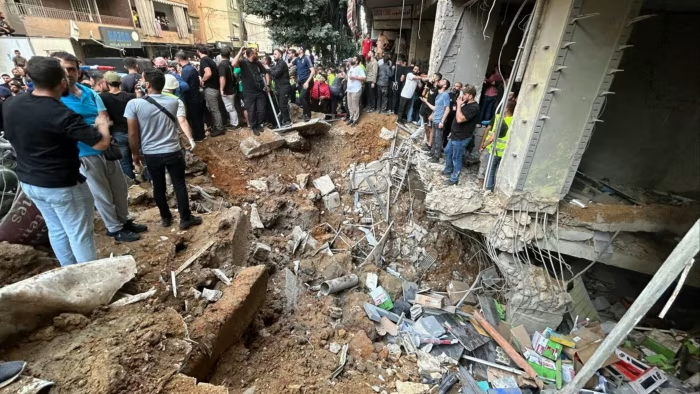Organizing Iran’s presidential election at different stages centers around two main bodies, the Guardian Council and the Ministry of Interior.
Iran’s elections, be it parliamentary or presidential election, are governed by Iran’s Constitution. According to the Presidential Election Law envisioned in the Constitution, Iran has two main bodies that deal with the electoral process of choosing a president, the Guardian Council and the Ministry of Interior (MoI). While the former has a broad supervisory role, the latter is mandated to administer different stages of the election processes.
What does MoI do in Iran’s presidential elections?
Approximately three months prior to the presidential election, the MoI forms an Election Centre to organize related matters. Iran is a vast country with over 80 million population and is made up of 669 districts, forming 330 counties that make up the 30 provinces of the country.
Each district is headed by a District Administrator, and each county is headed by a Governor. Prior to the election, Election Executive Committees are also formed at each level by District Administrators and Governors. According to the law, these Committees are mandated to carry out the following responsibilities:
- Deciding the number and location of polling stations
- Informing the public about elections including the election date, voting hours, voting qualifications and voting station locations
- Selecting eight public representatives for the Election Executive Committees
- Evaluating election complaints
The Executive Committees then assign poll workers for each polling station across the country at the district level until the rest of the election processes are administered later. Up until this time, no candidate has registered for the office of presidency.
Wen does the Guardian Council come to the scene?
Still about two and a half months to the day of the election, the Guardian Council establishes a Central Supervisory Committee, which is made up of five individuals chosen by consensus by the Council as well as two members from the Council itself.
The Central Supervisory Committee is tasked with selecting a supervisor for each county and each of them is responsible for:
- Assigning representatives to every polling station
- Supervising the overall quality of the elections, including monitoring for potential fraud
In the meantime, the Council reserves the right to nullify or suspend the election throughout all of Iran or just in a specific region or polling station in case it realizes at any moment that the election or components of it are suspected to have been fraudulent.
How candidates register for the office of presidency in Iran?
Iran’s presidential election is held every four years, which means a president serves a four-year term. But to be eligible to register for the office, there are general requirements that must be met.
First of all, the candidate must have a permanent residency status in Iran, which means they must be a citizen of Iran. They must also be reputable and qualified to be care-takers of the Republic, be thoughtful and possess management abilities, believe in Islam and the principles of the Islamic Republic and lastly, they must be persons with a record of religious and political affiliation.
Because additional requirements such as age or education are not specifically mandated, there are typically hundreds of people who register to be a candidate in every presidential election in Iran.
But this is not worrying because all the registrants then have to be carefully examined by the Guardian Council to be able to become an approved candidate. Once candidates register with the MoI, the Ministry sends the list of names to the Guardian Council. The Council then carefully examines the list according to the requirements laid out in the law.
This is where many of the registrants are disqualified for lacking the qualifications recognized by the Council. Once the Council completes its vetting, a final list of candidates is sent to the MoI. The MoI then publishes the list of the final candidates in a formal statement. Later stages include campaigning, voting process, counting the votes, and determining the winner.








